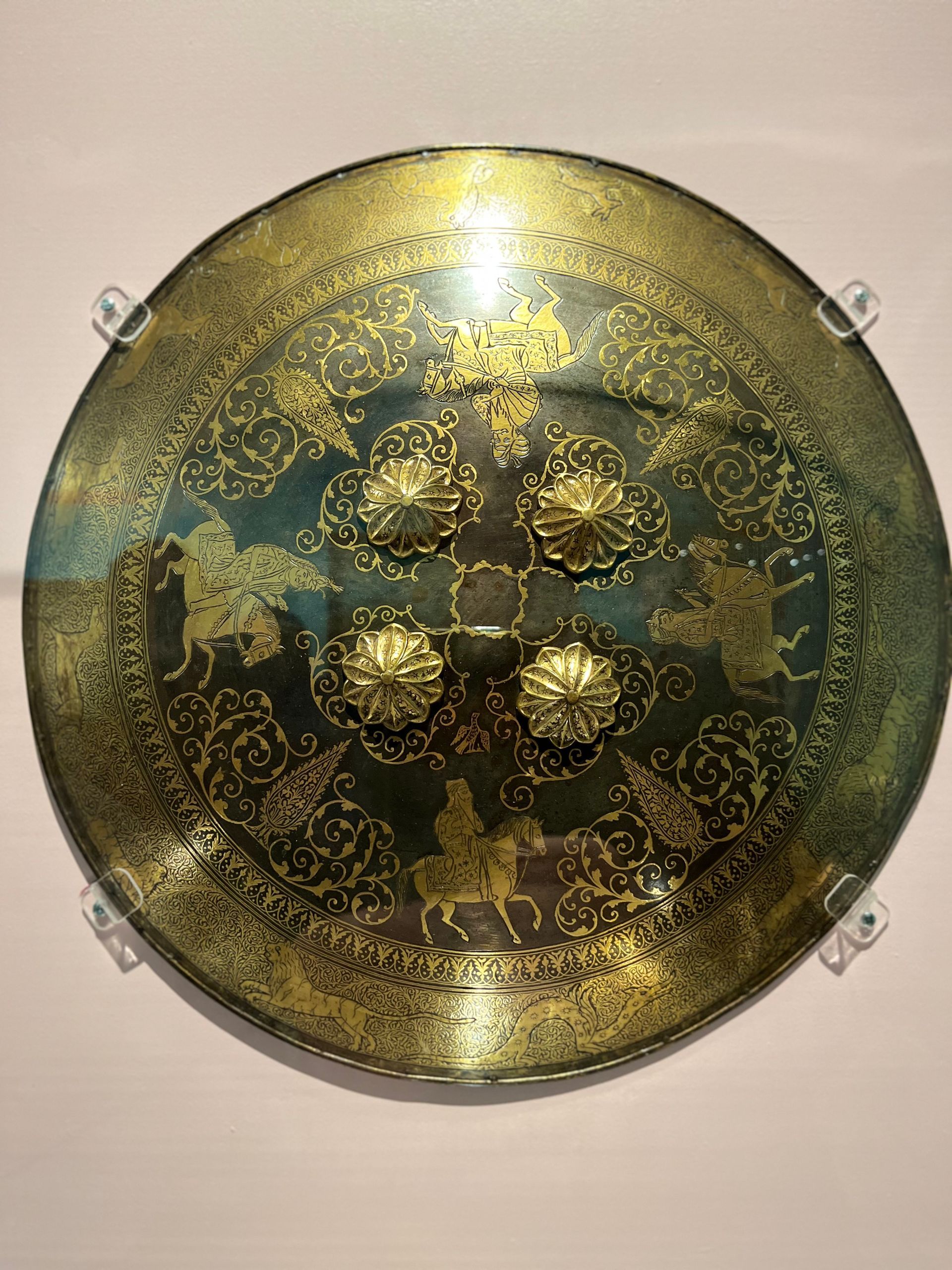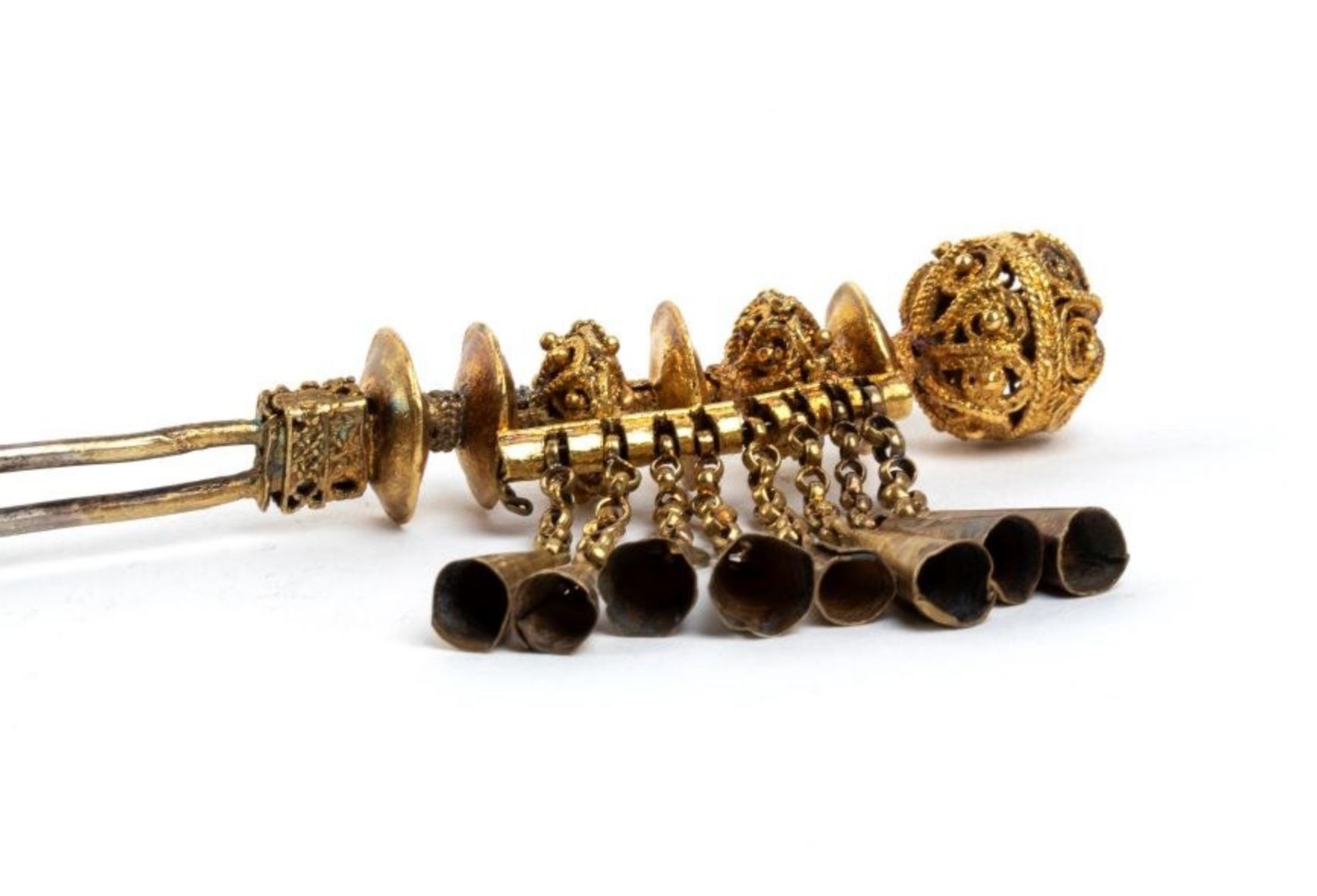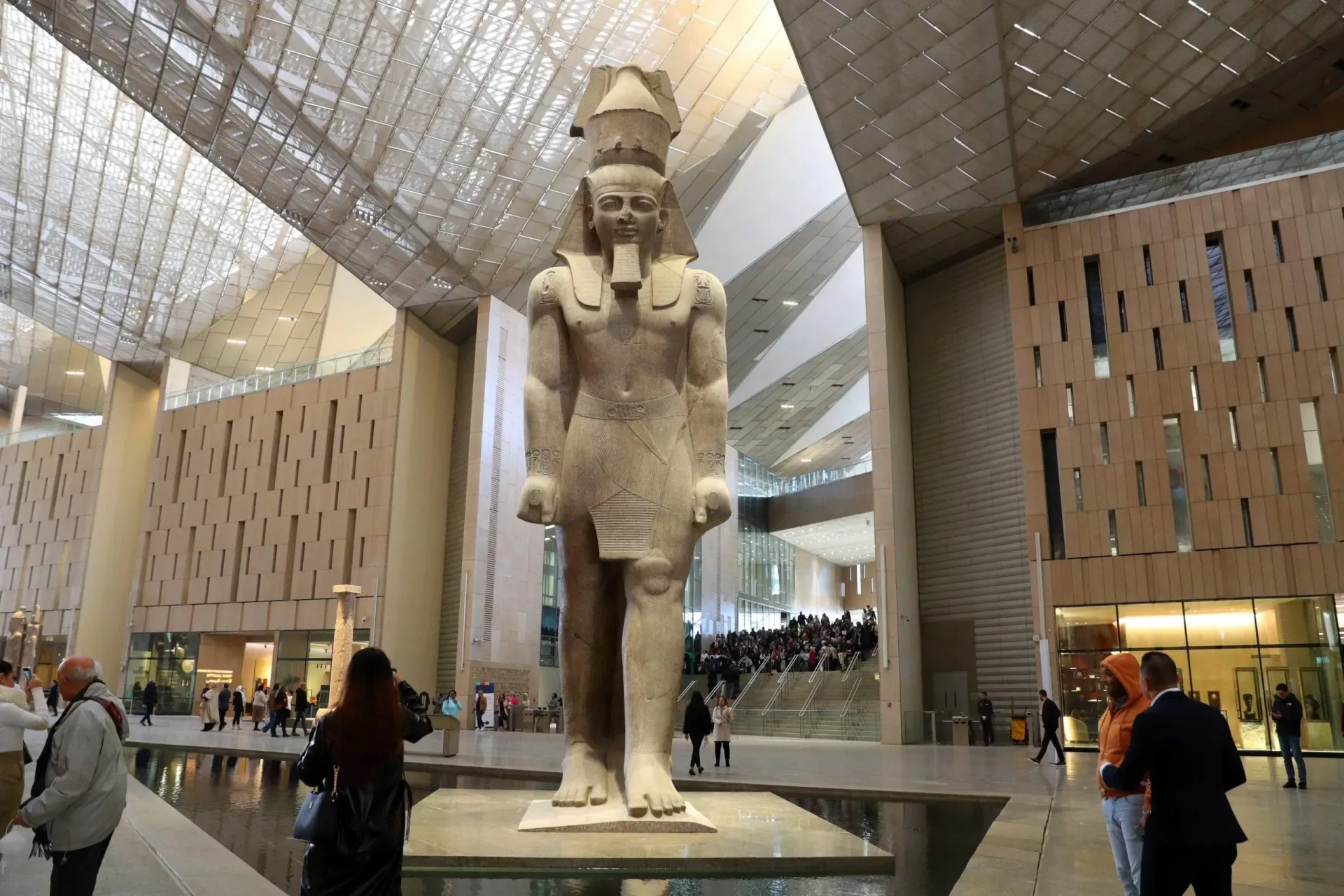Cultural Restitution
SHARE ARTICLE
“Would be nice to have a more frank discussion about how objects are collected for the Museum. Saying ‘Donated’ is not enough."
Birmingham Museum & Art Gallery has listened. The result is the launch of a new exhibition space that has set out to tackle ‘The Elephant in the Room’: something that’s too big to hide but ignored because it seems too complicated or uncomfortable to deal with.
They are referring, of course, to the objects the Birmingham Museum collected during an era of empire and conflict.
The back stories brought into perspective by this engaging and instructive exhibition expose the lurid, greedy and sometimes violent collecting histories of objects donated by Birmingham city luminaries, politicians, wealthy industrialists and missionaries in the 19th century. Of course, Birmingham is not alone. This same pattern of collecting was repeated across other civic collections in the United Kingdom and would not be tolerated today.
But during what was a complex period of empire, questions about acquisition were not always a consideration. Founded in 1885, the Museum played its role in collecting objects to help the City’s industrial workers learn new skills and to inspire them to craft works of even finer quality. And in turn, those Birmingham citizens who travelled around the Empire were encouraged to donate objects collected from the countries and communities they visited.
Perhaps understandably, metalwork from Southern Asia was especially valued. A skilfully made shield from Lahore, made around 1830, illustrates the quality of object the Museum sought to acquire to inspire the City’s metalworkers. At the Colonial and Indian Exhibition in South Kensington in 1886 the Museum acquired over 400 pieces of Southern Asian art.

Lahore Shield. circa 1830. Birmingham Museum & Art Gallery
But in this rush to collect, we learn that objects became disconnected from their meaning and significance; accurate information about their community and location was lost or never sought; objects exchanged between collections lost all their identity.
One of the exhibition (and Museum) highlights is the Sultanganj Buddha, one of the largest and most highly skilled metal sculptures in the world. The Buddha was uncovered during railway construction work in north-east India, near to Sultanganj and close to where the Buddha lived and taught. A former Mayor of Birmingham, Samuel Thornton, had the statue shipped back to Birmingham, “to be placed in the Art Museum now being erected.” But the exhibition reveals that no one from the region was ever consulted about its removal; the statue has been disconnected both from its origins and from its community.
Other objects in the exhibition sourced from Fiji and Australia reveal the same torrid legacies. Particularly poignant is a vacant display mount for a widow’s necklace from Sydney, Australia. Only after receiving guidance from the Australian Institute of Aboriginal and Torres Strait Islander Studies (AIATSIS) did the Museum learn the necklace was made from fatty tissue of an Aboriginal woman’s deceased husband. Men are forbidden to look at necklaces of this type and Birmingham Museum includes the empty mount to make a point it's the kind of object that should never be displayed in a museum.
Across the entire museum sector, the former language of colonialism is gradually being eliminated. Examples in this exhibition make it obvious why it’s necessary. A 19th century charm collar from Natal, South Africa originally bore a label that described the object as ‘Part of paraphernalia of a Witch Doctor (or Doctors) from Natal.’ How more offensive or dismissive could a label be?
“By confronting these questions,” said Zak Mensah and Sara Wajid, co-Chief Executives of Birmingham Museum Trust, “this display aims to ‘shrink the elephant’ by acknowledging the impact of the British Empire on Birmingham’s museums, facing complex topics with curiosity, treating these stories with sensitivity and respect and having an open and ongoing conversation with audiences about how we should care for and display these objects in the future.”
Photo: The Sultanganj Buddha. 6th to 7th Century. Birmingham Museum & Art Gallery
More News



